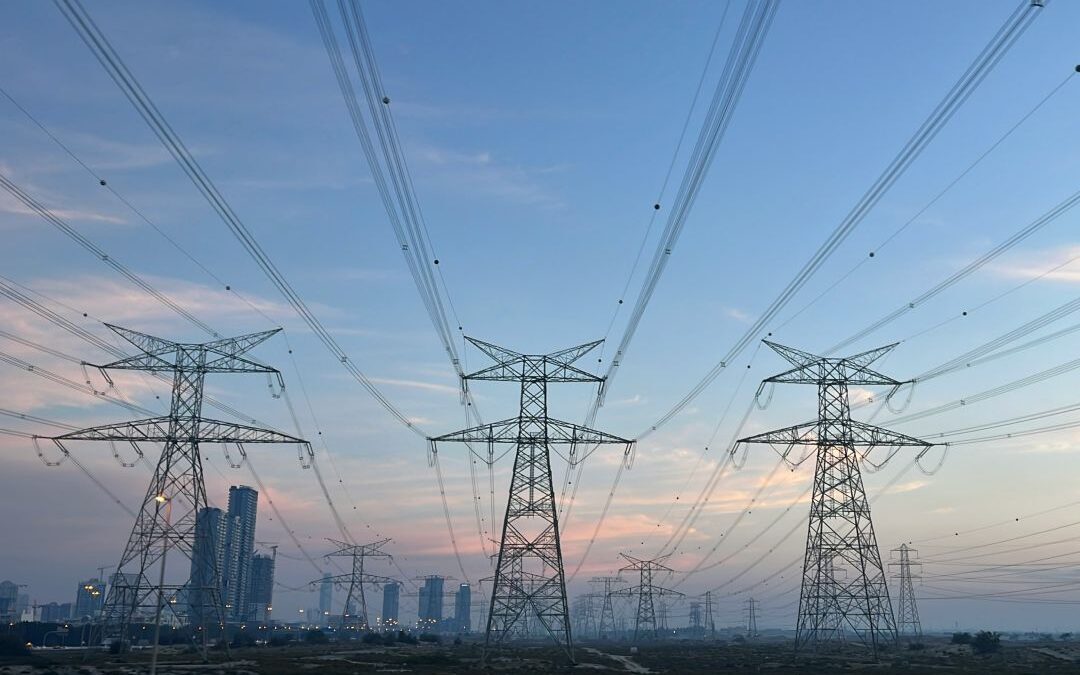Middle East Doubles Renewable Energy Capacity: Iran and UAE Lead
The region’s capacity has increased from just under 16 gigawatts in 2014 to over 35 gigawatts by 2023, with Iran and the UAE taking prominent roles in this green energy expansion.
The Middle East has more than doubled its renewable energy capacity over the past decade, according to the latest data from the International Renewable Energy Agency (Irena). The region’s capacity has increased from just under 16 gigawatts in 2014 to over 35 gigawatts by 2023, with Iran and the UAE taking prominent roles in this green energy expansion.

Figure 1: RE capacity shows a steady growth trend in the Middle East, growing faster in the recent years. Source: Irena
In a region traditionally dominated by fossil fuel production, this is a crucial pivot towards renewable energy sources. Despite this impressive growth, the Middle East still plays a relatively small role in the global renewable energy proportions, indicating a vast potential for further expansion.
Iran’s Renewable Endeavors
Iran has been accelerating its efforts in renewable energy, particularly focusing on solar and wind power, to diversify its energy resources beyond its substantial oil and gas reserves. By the end of 2023, Iran had reportedly installed around 4 gigawatts of renewable energy capacity, which although impressive, still constitutes a small fraction of its potential, given the country’s vast renewable resources. Solar power has seen the most substantial growth due to Iran’s high number of sunny days per year, particularly in regions like the central desert where solar irradiance is exceptionally high.
Wind energy in Iran has shown promising development, particularly in areas like Manjil and Binalood, which are known for their windy conditions. As of recent reports, Iran’s wind energy capacity stood at approximately 400 megawatts, with plans for expansion to 6,000 megawatts of potential identified by various studies. These initiatives are part of Iran’s broader strategy to increase the share of renewables to 5,000 MW by the mid-2020s.
UAE’s Strategic Moves
Similarly, the UAE has been a frontrunner in the Middle East’s shift towards renewables, with significant projects that are part of the country’s broader ambition to achieve a sustainable energy mix, targeting 50% clean energy by 2050.
Among the most notable initiatives is the Mohammed Bin Rashid Al Maktoum Solar Park in Dubai, one of the largest solar parks in the world. This sprawling facility is set to reach a capacity of 5,000 MW by 2030, significantly contributing to Dubai’s goal of having 75% of its energy needs met by renewable sources by 2050. The park is a key element in Dubai’s Clean Energy Strategy, which aims to position the city as a global hub for clean energy and green economy.
The Noor Abu Dhabi solar plant, which is among the world’s largest solar projects of its kind, instantly became a landmark achievement by providing a significant 1.2 GW capacity, enough to power thousands of homes while offsetting millions of tonnes of carbon emissions each year.
These projects reflect the UAE’s Energy Strategy 2050, which targets an energy mix that combines renewable, nuclear, and clean energy sources to meet the environmental, economic, and social goals of the country.
Global Context
Globally, the Middle East’s contribution to renewable energy is still modest compared to leaders like China, the USA, and countries in the European Union, who are rapidly expanding their renewable capacities. However, the potential for solar and wind energy in the arid and semi-arid regions of the Middle East is among the highest in the world, offering opportunities for future growth.

Figure 2: RE capacity of the Middle East, despite growing faster in the recent years is still a small fraction of global RE capacity. Source: Irena
Looking Forward: Challenges and Opportunities
As the world increasingly focuses on sustainability and climate change mitigation, the Middle East’s continued investment in renewable energy positions it as a potential leader in green technology in the long term. With the ongoing global shift towards renewable energy, the region’s strategic geographic and economic position could become increasingly significant. This surge in renewable capacity underscores a broader global trend towards clean energy, highlighting the pivotal role renewable energy must play in achieving global energy sustainability and climate goals.
While the growth is promising, the region faces various challenges, including technological limitations, and the need for regulatory frameworks that support renewable investments. Moreover, geopolitical instability can impact project development and international collaborations.
Read More
UAE Extends Year of Sustainability to 2024: Building on COP28 Momentum

